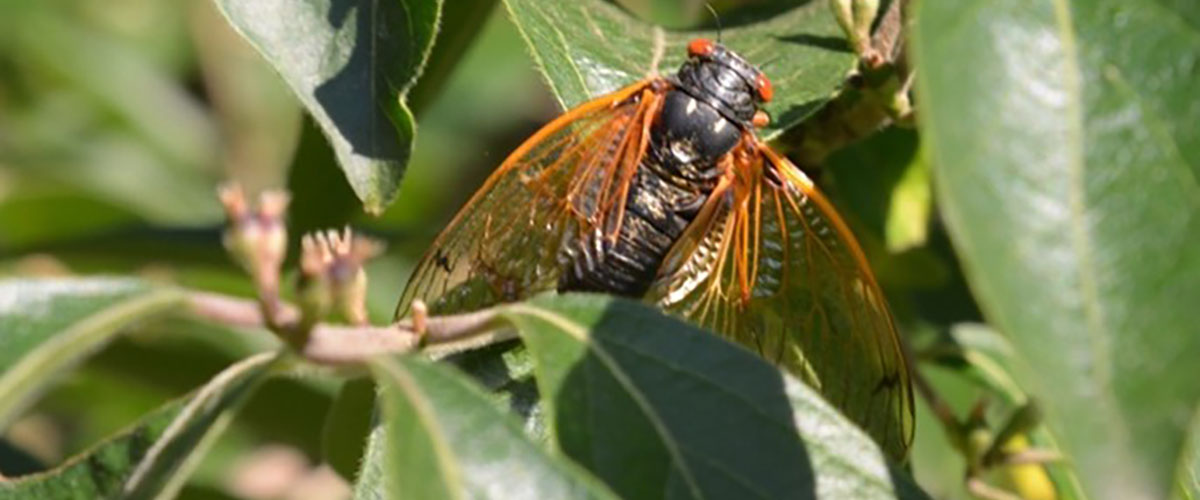Remember those cicada summers?
When bugs by the thousands emerge from long dormancy underground, fly into or onto everything, and thrum with a mind-numbing mating call?
A nuisance for most, but one chemistry professor saw an opportunity and teamed with the MagLab to take a closer look at the insects’ wings.
The research conducted at the National High Magnetic Field Laboratory provides new insight into the chemical composition that makes insect wings a “mechanical and materials marvel.”
“An insect wing is more complicated than we thought,” said Dr. Terry Gullion, a chemistry professor at West Virginia University.
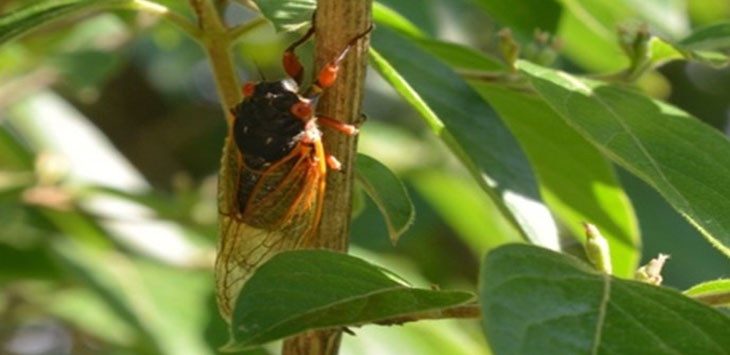
Professor Gullion began collecting dead cicadas when a brood swarmed Morgantown a few years back and their bodies were littering the landscape.
The professor’s idea was to analyze an area that has seen little scrutiny, the wing membranes.
“From a materials point of view, it’s a fascinating structure. It’s very thin, only microns thick, and it can’t be too rigid. Yet it has to be strong so it won’t tear,” Gullion said.
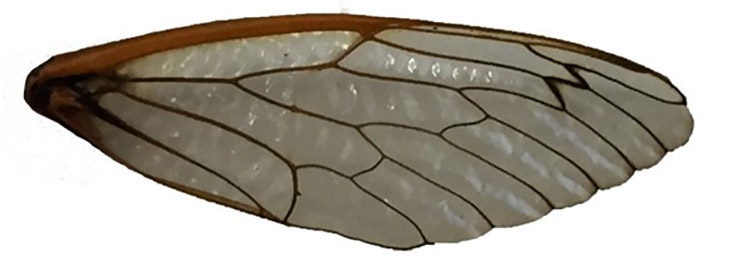
A closeup image of a cicada wing, with veins and wing membrane
The professor and his students spent that cicada summer tediously removing the insects’ wings, then cutting the membrane away from the veins. The WVU team was able to collect basic data that indicated that the wings are molecularly more complicated than typically assumed, but their instrumentation lacked the sensitivity to perform more informative experiments.
That’s when Dr. Gullion turned to the National MagLab.
The MagLab’s world unique 14 tesla Nuclear Magnetic Resonance magnet with Dynamic Nuclear Polarization is sensitive enough to analyze the makeup of the wing membrane samples. MagLab expert Dr. Frederic Mentink-Vigier collaborated with the research team to spin the membranes at high velocity under high magnetic field to sort out the chemical makeup. A strong microwave frequency also helped better separate signal and noise.
The MagLab’s unique setup, combining commercial and home-built equipment, is the only one available at no cost to users from around the world.
The testing provided a much faster, clearer chemical profile of the wing membrane and uncovered something long suspected but never clearly established.
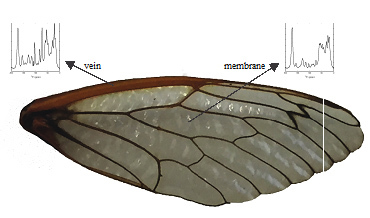
A picture of the cicada wing with graphs of the chemical composition of the vein and membrane
The analysis found that in addition to expected protein, the wing membrane contained chitin, one of the most abundant natural polymers. The chemical compound with its scaffold-like structure has long been known to provide the strength and rigidity of insects’ exoskeletons. While the textbook model of the insect wing membrane is free of chitin, the experiments performed at the NHMFL provide the strongest evidence of chitin in the wing membrane and a more complete molecular picture of this unique material. The findings were published as the cover story in the December issue of the journal Solid State Nuclear Magnetic Resonance.
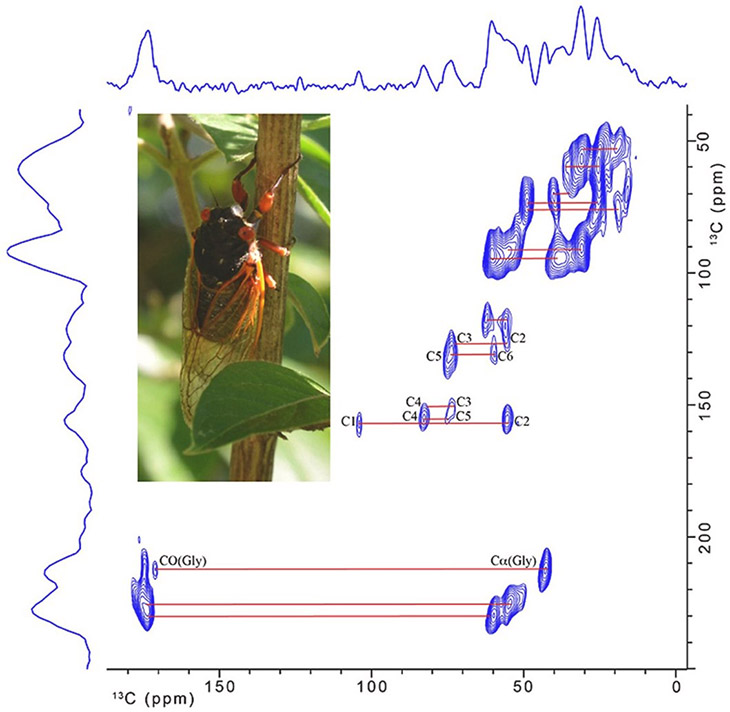
The cicada picture and a graph of the MagLab's wing spectra
Further analysis by Dr. Gullion and his team, of honeybee, ladybug and butterfly wings, found those are even more chitin-rich than the cicada wing membrane. Extracting membrane material from the wings of honeybee, ladybug and other insects is much more challenging than the cicada, but the sensitivity enhancements and expertise at the NHMFL will provide detailed analysis.
Better understanding of wing chemistry and structure across a variety of insects, Gullion said, could one day lead to development of pesticides that are less harmful to the environment, designed to target the wing chemistry of specific pests and not affect other insects.
“If you could target the wings of locusts, for instance, so they could not fly and would be less of a plague on crops,” he said.
In addition, scientists are interested in strong yet flexible wing membranes as they look to develop extremely small flying machines-- think a drone smaller than a fly. Those miniature drones could have all sorts of applications, for instance flying into the rubble of a collapsed building to search for people trapped inside.
The professor says the discovery about the molecular makeup of wings raises more questions to pursue.
“Nature’s had a million years to perfect the insect wing. Nature really guides us a lot of ways,” Gullion said.
Story by Edan Schultz



